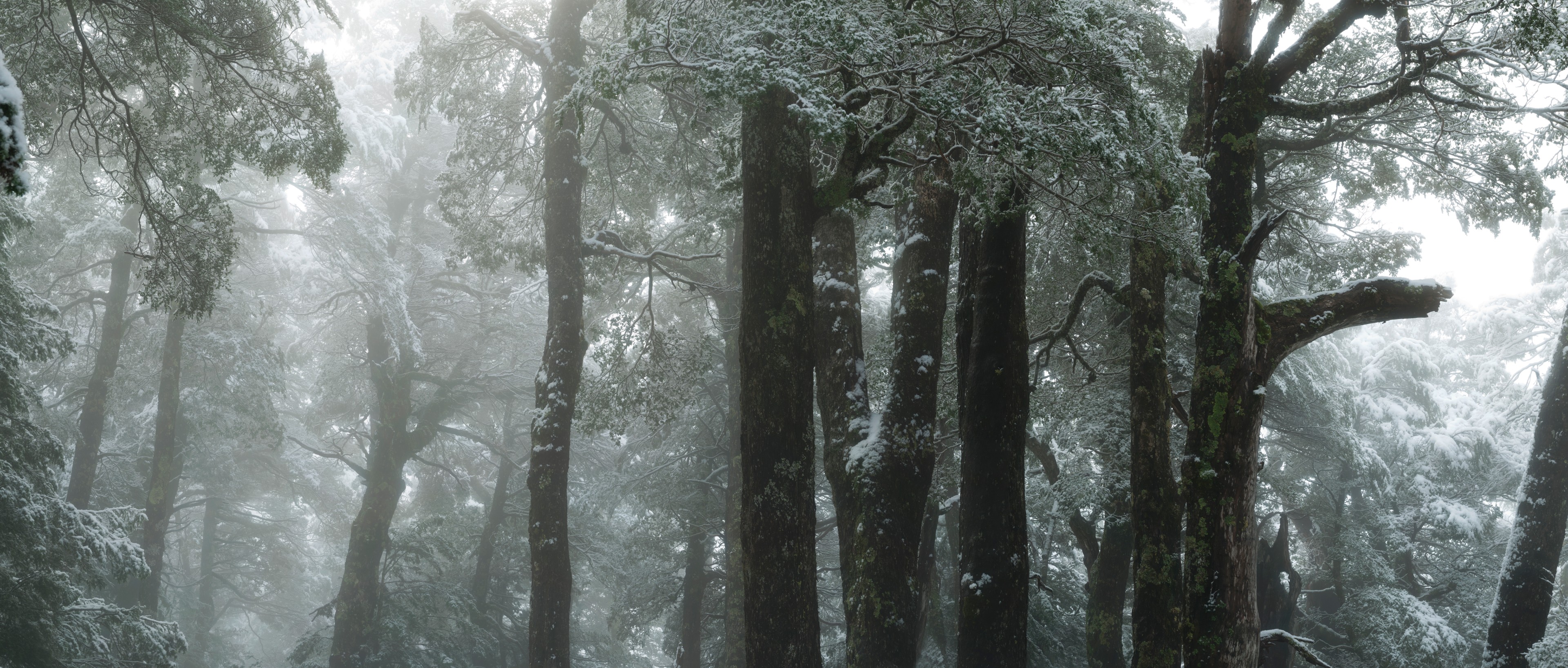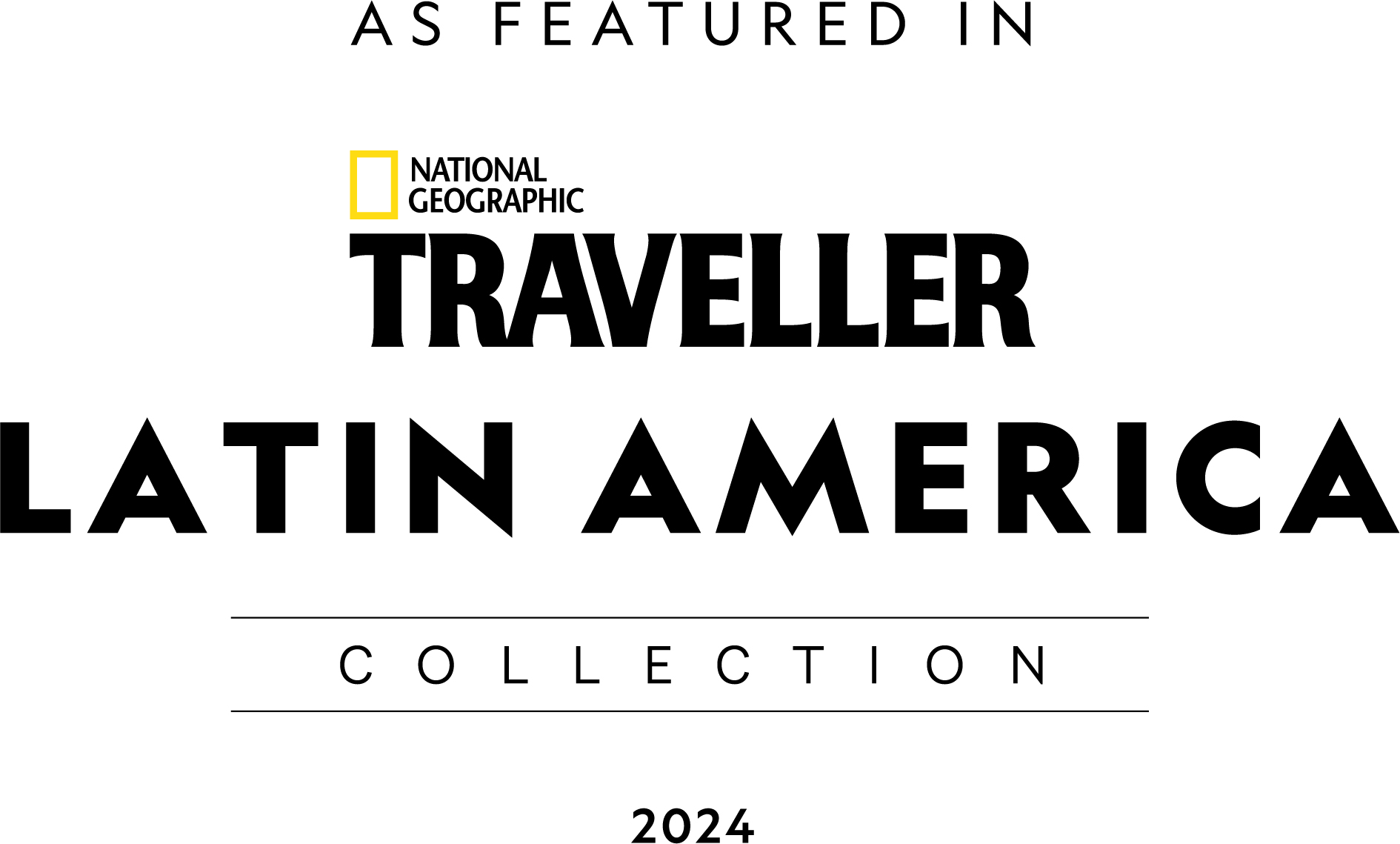Inicio » FAQ

Here you will find answers to some of the main questions asked by our guests. Don’t hesitate to contact us if you need help!
When is the Park open?
You can visit Futangue Park at any time of the year, however you should be aware of the changes in opening hours and entrance regulations according to the seasons, as some paths are not always accessible, due to climate conditions and the state of the hiking trails.
The Riñinahue entrance is open all year long and the Pitreño entrance is open from December to March, and during national holidays in September “Fiestas Patrias”.
It is imperative therefore that you read the rates and schedules section, when planing your visit.
You can also contact us by email: contacto@futangue.com
and on social media.
Can you camp inside the Park?
No, it is forbidden to camp. There are alternative camping options in Riñinahue, which is 2 kilometers away from the Visitors’ Center. Go to the ‘Where to stay’ section after “The Park” in the main menu.
Is it necessary to make a reservation in order to visit the Park?
No, it is not necessary to book in advance, and you can pay the entrance fee upon arrival at the Visitors’ Center
How do I make a reservation for a guided excursion ?
Simple! Send an electronic mail to contacto@futangue.com, indicating the number of people, the day of the visit and the excursion you want to do, with at least 24 hours’ notice.
You can also call us to +569 5197 0972
We ask for your understanding if you aren’t able to get through immediately, as unfortunately the signal is still very weak in this area. We will always return your call
What does the entrance ticket to the Park allow us to do?
The entrance ticket allows access to numerous different self-guided paths and is valid for an entire day.
What is the best time of the year to visit Futangue?
Futangue is an attractive Park to visit during any of the four seasons. Each of them surprises you with their relative landscapes and the different experiences you correspondingly discover; from walks with snowshoes through the snow-laden forests in winter, to photographing the spectacular colors of the Lenga trees in autumn, to going out on a fly fishing trip during the spring or making the most of the summer by venturing into the Valdivian rain forest.
Does public transport run to and from the Park?
Yes, you can check the timetables for the public transport coming from Futrono and the village of Lake Ranco, on the respective municipalities’ websites.
How far can I bring a vehicle?
From the Riñinahue entrance you can come as far as the Visitors’ Center car park or to the one for the ‘Las Nalcas’ sector (both are free). Alternatively you can come as far as Pichi Lagoon but there you must pay the corresponding fee. Between April and November you can obtain authorization to park at Pichi Lagoon free of charge.
From the Cerro Mayo entrance it is possible to bring your vehicle as far as the Visitors’ Center car park, or to the one for El Vado; both are also free of charge.
Can I come in a car without 4-wheel-drive?
Only via the Riñinhue entrance. The Pitreño entrance require a 4-wheel-drive vehicle.
How do I get to Futangue?
Go to our ‘How to get there’ section.
Are pets allowed inside the Park?
Pets are forbidden access to the Park, given to the adverse impact they could have on the wild fauna.
Are there places to eat inside the Park?
Our restaurant ‘Mesón del Caulle’ can be found in the Hotel, which is located at the Riñinahue entrance to the Park. It is necessary to make a reservation, by writing to recepcion@futangue.com or calling (+56 9) 4472 6451. We advise that you take a picnic with you on your expeditions and take good care not to leave any traces behind.
Is it possible to light barbecues inside the Park?
Yes, you can rent a barbecue area designated solely for this purpose.
Is it possible to fish inside the Park?
Yes, but only via booking a fly fishing expedition.
What is there to do in the Park?
In Futangue there is any number of different excursions available, depending on the time of year and the weather conditions.
What is there to see in Futangue?
The Park contains a network of more than 100 km of trails for hiking and mountain biking, which spans one of the most impressive and well-conserved temperate forests you will ever have access to. You will also be able to appreciate the beautiful lakes and mountain peaks, together with spectacular views across to the volcanoes of the Patagonian Andes. The landscape also offers large lava fields, rivers and stunning waterfalls. Another of the principal characteristics belonging to the Park is the abundant biodiversity of flora and fauna. Take a look at our photo gallery.
Is there cell-phone signal and/or internet?
There is network coverage in the majority of the lower areas of the Park or the meadows nearest to the Park entrances. It is also possible to secure a signal in some of the higher areas where there is normally no coverage, but it is cut off in the forest. The Hotel itself offers Wi-Fi service but this does not extend to the Park.
Can I stay in the Park in my mobile home?
Yes. However, Futangue does not provide any special facilities for these types of vehicles and the length of stay cannot exceed more than one night.
Can I enter the Park to fish with my float tube so that I don’t have to rent a boat?
Yes, but you will definitely have to pay the established rate for float tubes, as with any other fly fishing expedition. The fishing expeditions are not included in the entrance fee to the Park. All fishing equipment must be disinfected using water and detergent.
Do you have bilingual guides?
Yes, in Spanish and English. You just have to send us an electronic mail specifying the details of your visit and we will have a guide waiting for you in the Visitors’ Center. Write to us at contacto@futangue.com
What options are there for disabled visitors for getting around the Park?
The geography of Futangue is mountainous; however, there are sectors in the lower areas which are flatter and are accessible with a vehicle. People with reduced mobility enjoy free parking in the Pichi Lagoon sector, where they can savor the marvelous scenery afforded by the native forest.
Do you have a question which is unanswered here?
Send us an electronic mail and we will try to answer it!



